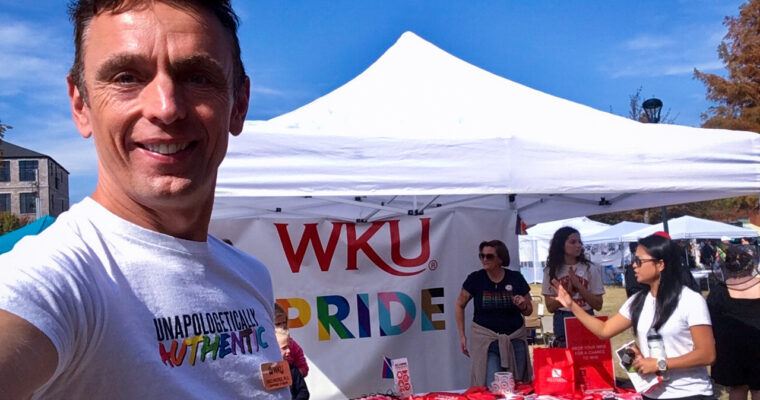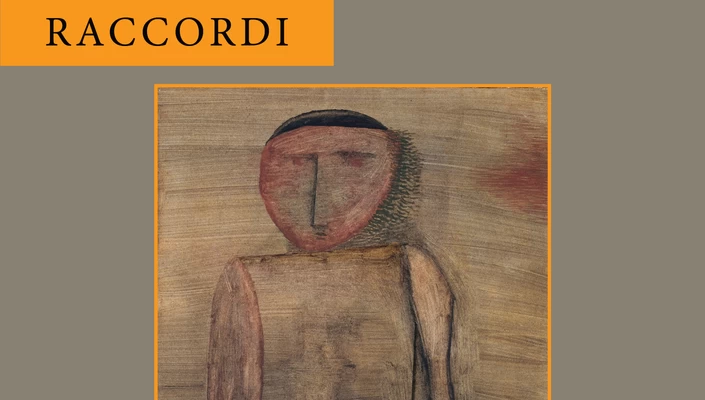Disclaimer: The views and opinions below are the authors own, based on their own academic research and study, and are not representative of the Peter Lang Group
When we began compiling Confronting Toxic Rhetoric in early 2023, we imagined it as a way to support writing teachers who were teaching argument, evidence, and rhetorical ethos in a time when many were still reeling from four years of Trump-era post-truth and fake news. Perhaps naively, we did not consider that the book would hit the shelves the very month that Trump would be re-elected back into the oval office, and that we would be marketing it as we witness, arguably, some of the most inflammatory rhetoric and behavior our country has ever known: Elon Musk performing the nazi salute on television, Trump’s executive orders against trans and non-binary people (referring to “transgender insanity,” nbc news), immigrants being taken from their homes by ICE (referring to murderers, rapists, burglars, and criminals, abc news), and measures toward diversity, equity, and inclusion eliminated. The ways that people are being hurt by his words and actions are practically endless. The toxic rhetoric used by the new presidential administration seems to have only one purpose: to incite chaos, anger, fear, division, and violence not only in America, but abroad, as Trump attempts to make claims on land and instigate feuds in Canada, Greenland, Ukraine, Mexico, the Middle East, and elsewhere.
This continual onslaught of “toxic rhetoric,” described by John Duffy as “a discourse of denial—denial of science, of diversity, of democracy, of change, of the commitment to equality and individual freedom” (p. xii), is what makes Confronting Toxic Rhetoric timelier than we even realized as we began assembling the book only two years ago. Toxic rhetoric is gaining strength and permission not only to exist, but also to be spread widely and even exalted. Is toxic rhetoric accepted as a norm? Back, say, in 2017, we were horrified and shocked by the permissiveness granted to the vocal and visual instigators of the Charlottesville Unite the Right riot. Was our nation perhaps less shocked when a shooter entered a synagogue a year later and murdered 11 innocent people praying there? Had we already completely embraced toxic rhetoric in 2022 when 10 Black men and women were shot to death in a Buffalo grocery store?
These incidents all have one thing in common: they were incited or supported by toxic rhetoric used specifically by Donald Trump. In the case of Charlottesville, it was written many times in many places that “President Trump … gave the white supremacists cover to come out of the shadows” (Time, see also ABC News, AP for more examples). The shooter of the victims at Tree of Life Synagogue was an active member of Gab, a social media site where “users could freely traffic in the basest kinds of hate speech” and find a “a rebranding of traditional white nationalism by a new generation of believers that emerged online around 2014 and came to prominence by attaching itself to Donald Trump’s 2016 presidential campaign” (SPLC). The Buffalo grocery store attacker had written a manifesto outlining his belief in the Great Replacement Theory, which “asserts that there is a plan to bring nonwhite people to Western countries to replace whites” (Economist). Trump used this same toxic rhetoric of replacement theory when claiming that migrants were brought into the U.S. to vote for Biden in the 2020 election, thus illegally handing Biden the presidency (NPR).
All of these attacks, and many more like them, were motivated by racism, antisemitism, and white supremacy; we are seeing and hearing the toxic rhetoric of the great replacement theory and white nationalist conspiracy theories everywhere. And so are our students. On college campuses across the U.S., we see students engaging in protest, oftentimes themselves using toxic rhetoric even if they don’t always understand the meaning behind what they’re saying (see, for example, a survey of UC Berkeley students, which showed that 46% of student protestors who chanted “From the River to the Sea” did not know the names or locations of neither “the river” nor “the sea,” nor what lies between, Newsweek). But on many campuses, students are silent: silent about the presidential election, about recent executive orders that might even harm them or their families, about atrocities across the world.
What can we, educators, do about this constant exposure to toxic words and behaviors? Many people are taking news or social media “fasts,” that is, trying to avoid that which might harm them. Or they’re focusing their energies on activism: making calls to government officials and volunteering to support those whose rights are being challenged. But we don’t always know what our students are doing, or how they’re reacting to, or worse, absorbing and then replicating the toxic rhetoric onslaught. As Jamie says so eloquently in Chapter 1 of Confronting Toxic Rhetoric, as teachers, we can help students “to entertain multiple sides of arguments, discuss difficult topics, and disagree with each other respectfully […to] help solve some of our nation’s complex problems. Over time and with iteration, our work could engender a groundswell that could lead to meaningful and lasting change in American discourse, politics, and culture” (pg). Teaching students to engage in respectful discourse is no longer something we can do; it is something we must do.
Thus, we highlight two strategies from our collection for use in writing classrooms to support and encourage students as they navigate, disrupt, and confront toxic rhetoric. We learned these from teacher contributors to Confronting Toxic Rhetoric, where you can read more deeply about these strategies and several others.
One: Intervention through Public Memory
Whitney Jordan Adams teaches at Berry College, two hours from Atlanta, GA, and only a few miles from Stone Mountain, a current day campground that is also “the site of a Confederate memorial to Stonewall Jackson, Robert E. Lee, and Jefferson Davis. It is the site of the establishment of the Ku Klux Klan’s (KKK) Second Empire in 1915” (p. 24). For Berry, teaching students to examine the toxic rhetoric around Stone Mountain is an imperative that “provides college students a framework to consider how public memory, and specifically monuments, can be exclusionary or inclusionary” (p. 24). Students in Adams’ class learn about “heritage,” “tourism reset,” and how one “rendition” of public memory “might take precedence and wipe out others (p. 33). Students read public documents and learn about how larger national stories are crafted as related to monuments such as Stone Mountain. Many students in Adams’ class come to see Stone Mountain from a new angle, which can be challenging for those students who knew it as “an innocuous place for hiking and family fun” (p. 33) or those whose family values have taught them to align with confederate world views (p. 32). Adams cites Wheatley, who would refer to this challenge as a “positive disturbance” (p. 34), and she explains that this is the purpose of the course – for students’ views to be ruptured so that nuance can be allowed in. At the end of her chapter, Adams asks educators to “continue to provide opportunities for students to consider the historical sites around them and explore the situated and complex nature and histories of those sites, their origin stories, whom they include and exclude, and how those who take advantage of their beauty and location participate or resist in cultural oppression, structural perversion, or white supremacy” (p. 34). Because these sites are everywhere, and because they are challenged and contested on a national stage and in classrooms (see, for instance, Utah public schools, where nazi and confederate flags are allowed to be displayed “in accordance with curriculum,” Salt Lake Tribune), students are learning a valuable skill in Adams’ class that they can take with them anywhere: how to participate in conversations about history and its often toxic artifacts.
Two: Unveiling Media Motivation
When Sarah Lonelodge was a PhD student at Oklahoma State University in spring of 2020, she had the opportunity to develop an advanced composition course “focused on politically charged communication” that helped students “participate meaningfully and thoughtfully in public discourses in ways that might resist and counteract the damage done by toxic rhetoric” (p. 102). Early that spring, several events occurred right on top of each other – the Australian brush fires, the beginning of the Covid-19 pandemic, the death of Kobe Bryant and his young daughter, and the Trump impeachment trial and subsequent acquittal. As Lonelodge describes it, “my students and I could feel a shift – there was a dread hovering over us. I could see it as they scrolled through their phones before class began” (p. 103). The moment could not have been more kairotic for a course on public discourse, but Lonelodge wanted her course to be more than writing about social change. She wanted her students to engage as citizens (p. 104). For example, as the Covid-19 pandemic unfolded (before it was officially a pandemic), students learned about propaganda and how it works. They created multimodal projects – podcasts, presentations, narrated slides – where they learned to provide evidence to demonstrate types of propaganda and persuasion related to topics of their choosing. Lonelodge explains, “the multimodal nature of the project offered a significant amount of creativity and creative thinking from students as they explored the use of screenshots, embedded video, and other composing options,” (p. 109). Learning to compose multimodally is surely a productive outcome, yet we believe the most useful strategy Lonelodge employed in helping students counter toxic rhetoric was teaching them to analyze current events as found on the daily in the media and to understand how that media works to persuade, sometimes in toxic ways; the students developed and used a heuristic for determining if a text was persuasion or propaganda. Now they are now practiced in “identifying, analyzing, and responding to demagoguery, propaganda, and misinformation through various media,” (pg. 108) and as Lonelodge says, they have learned to respond “in real time.”
Finally,in the conclusion to Confronting Toxic Rhetoric, Rachel Ketai writes a letter to John Duffy in which she says, “I came to the field of rhetoric and composition to promote equity and access in education. I should have expected that this path would confront me with disagreements and controversy. Change in any direction requires conflict, and in 2023, that can look like an unfollow on social media or a piñata beating on campus” (p 218). In terms of disagreements and controversy, things have not gotten much better in 2025; in fact, they may be worse. But Ketai pushes forward, and we hope you will, too. She continues, “What my students and I need is not to avoid or scrub out the lines of difference that separate us from those we disagree with. We need to practice reading and writing and listening and speaking across those lines of difference in ways that will build better conversations and communities” (page 218). We hope you also find those practices that help you and your students toward better conversations and communities among the pages of Confronting Toxic Rhetoric.
Find the book here: https://www.peterlang.com/document/1446367

 de
de  fr
fr 









